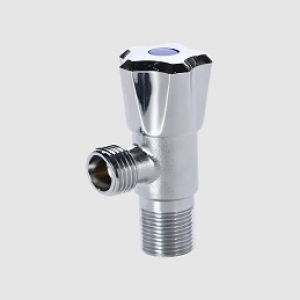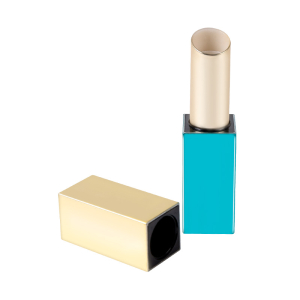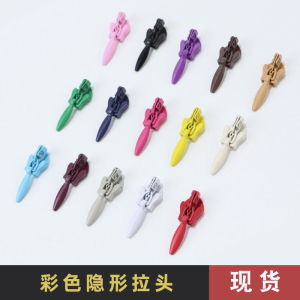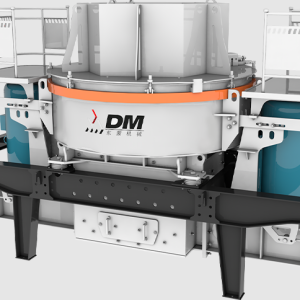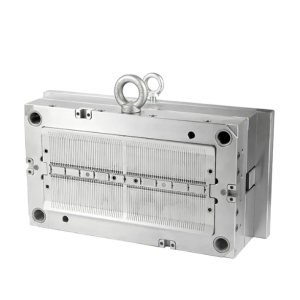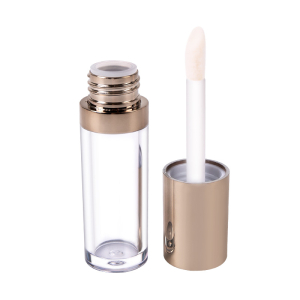The high side valve core, a critical component in refrigeration and air conditioning systems, is often subjected to harsh conditions that can lead to corrosion. The ability of a high side valve core to resist such degradation is paramount to its longevity and the overall efficiency of the system it serves. This article delves into the material composition, design considerations, and protective measures that contribute to the corrosion resistance of high side valve cores.
The high side valve core, as a part of the refrigeration cycle, is exposed to a variety of substances, including refrigerants, moisture, and other environmental factors that can accelerate the corrosion process. Manufacturers of these components are well aware of these challenges and have developed strategies to mitigate the effects of corrosion. One of the primary materials used in the construction of high side valve cores is brass, which is known for its excellent corrosion resistance due to its copper content and the formation of a protective oxide layer on its surface.
The process of manufacturing high side valve cores also plays a significant role in their corrosion resistance. Techniques such as electroplating and anodizing are employed to create a protective barrier on the surface of the valve core. Electroplating involves depositing a thin layer of a more corrosion-resistant metal, such as nickel or chromium, onto the brass surface. Anodizing, on the other hand, is an electrochemical process that thickens the natural oxide layer of metals like aluminum, providing enhanced resistance to corrosion.
In addition to material and manufacturing processes, the design of the high side valve core also contributes to its corrosion resistance. Features such as the use of diaphragms to isolate the valve core from direct contact with the refrigerant, and the incorporation of seals and gaskets made from materials resistant to the specific chemicals present in the refrigeration system, are common design elements that enhance the longevity of the valve core.
Furthermore, the maintenance and operational practices of the high side valve core can significantly impact its resistance to corrosion. Regular inspection and timely replacement of worn-out seals and gaskets can prevent the ingress of moisture and other corrosive substances. Additionally, the use of appropriate cleaning and flushing solutions during maintenance can help remove contaminants that may accelerate the corrosion process.
Environmental factors also play a role in the corrosion resistance of high side valve cores. Exposure to high humidity, extreme temperatures, and aggressive chemicals can all contribute to the degradation of the valve core. Therefore, it is essential to select valve cores that are designed to withstand the specific environmental conditions of the application.
In conclusion, the corrosion resistance of high side valve cores is a multifaceted attribute that depends on the material composition, manufacturing processes, design features, maintenance practices, and environmental conditions. By understanding these factors and selecting high-quality valve cores, system operators can ensure the reliability and efficiency of their refrigeration and air conditioning systems. The ongoing research and development in the field of materials science and engineering continue to improve the corrosion resistance of high side valve cores, providing users with more durable and reliable components for their systems.


